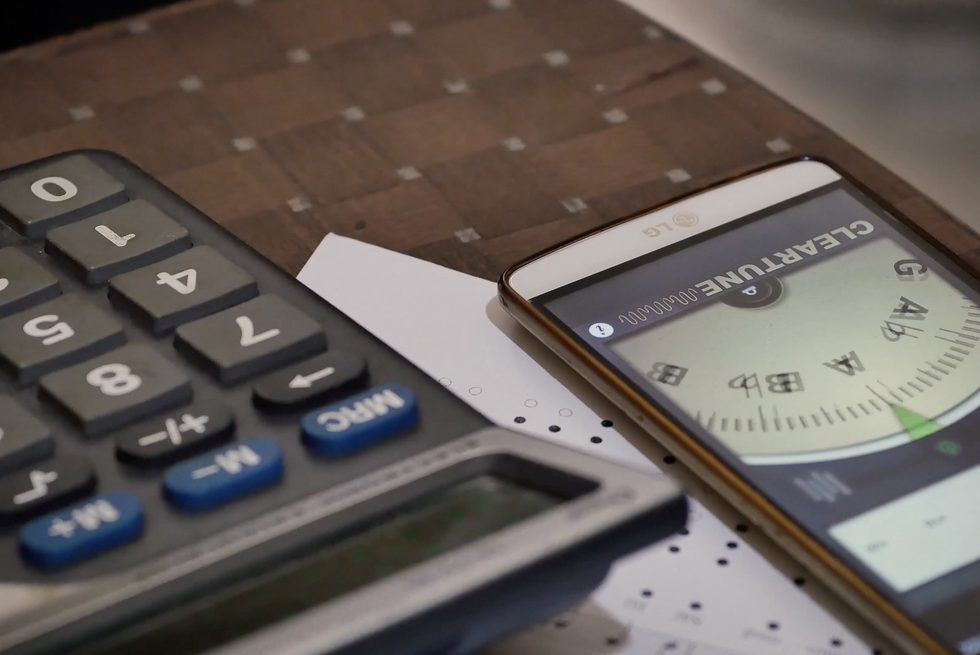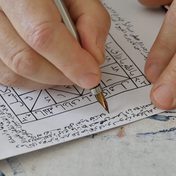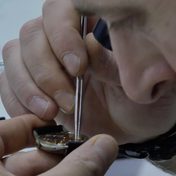
Juan Castrillón’s Rehavi (Timekeepers) (2016) eloquently weaves documentary and fiction to reckon with the materialities of time and music. The film follows the story of a lost watch in Istanbul, inter-splicing other scenes of Turkish Sufi music and its potentialities to stretch conventional orderings of temporality and timbre. Rehavi is a mosaic that compiles some of the stuff that (dis)orients us; it gathers a worlding around a multiplicity of experiences of and in time.
Throughout the film, we are enchanted by the sounds of the city, while the lost watch—animated by the dissonant harmonies of flutes and strings—enters and exits the scene. The non-linear passing of time, the multiple temporalities that fold Istanbul’s past and present into a fleeting scene or instant, is conjured through the interweaving of disparate visual and sonic textures. The fast tempo of an urban rush hour is displaced by the conversational pace of documentary interviews; the sounds and silences of watches and footsteps become stories and songs. Fictional and non-fictional storytelling are co-compositional.
The film shifts the scale and focus of the frame, honing in on small objects and gestures while bringing us closer to minor sounds and silences. In doing so, it takes up the banal and makes it otherwise. The steady, tedious, and slow processes of repairing a watch, tuning a flute, and inscribing calligraphy are turned marvelous, charged with wonder.
The broken silence of the lost watch is transformed through the tinkering care work of repair. Time is opened up, accompanied by excerpts of Turkish composer (and film interviewee) Hasan Uçarsu’s “Issız Çocuklar” (2010). Harsh metallic slides on the harp, juxtaposed with soaring flute passages accented by wavering tremolos, animate the intricacies of the watch. The logics of Western tonality are evaded through interview discussions with reed flute (ney) maker and instructor Cemil Baştürk about the undisciplined tuning practices of Turkish music, as well as through the indefinable timbres of the film’s musical score. Instead of a tonic resolution to mark the watch’s successful repair, we hear the watch’s metal backing click into place as the musical score fades. Time and tonality converge, exceeding the constraints of containment.
We follow the life of the watch, how it is picked up and cared for by strangers or left alone to wander astray across time and place. We catch the tempos of the city through the strolls of the watch and its temporary keepers. The watch adjusts, embodying the temporalities of its beholders. Toward the end of the film, the watch is returned to the steps where it was first found in Istanbul. Coming alive, it pulses down the staircase; animated by singing flute melodies and steady, repetitive arpeggios on marimba, the watch moves at its own tempo. In the final scene, the watch makes a calling; no longer silent, its minor frequencies are heard as someone else picks it up, this time on a staircase in Philadelphia. We are left to wonder what new life awaits the watch, what new temporalities it will exude, what new sounds and silences it will emanate.
Posts in This Series

Talismanic Images
Juan Castrillón’s Rehavi (Timekeepers) (2016) is a compact object that tunnels through time and space to animate alternative temporalities: a talismanic film. I... More
